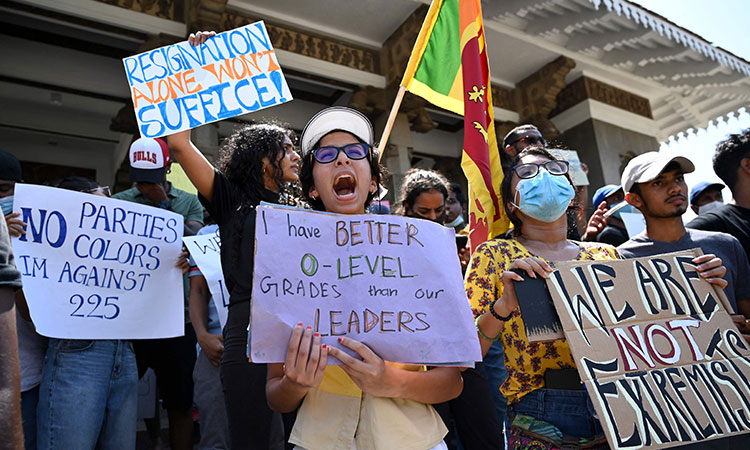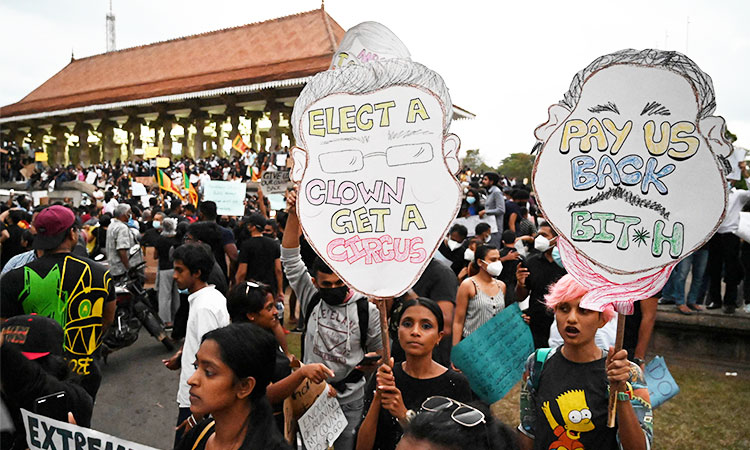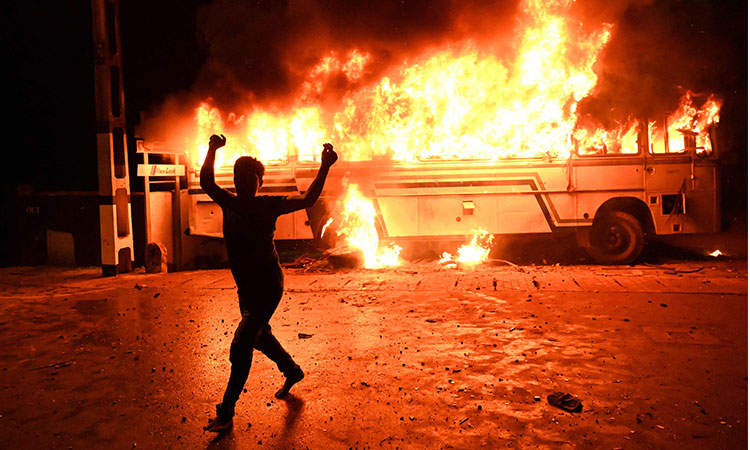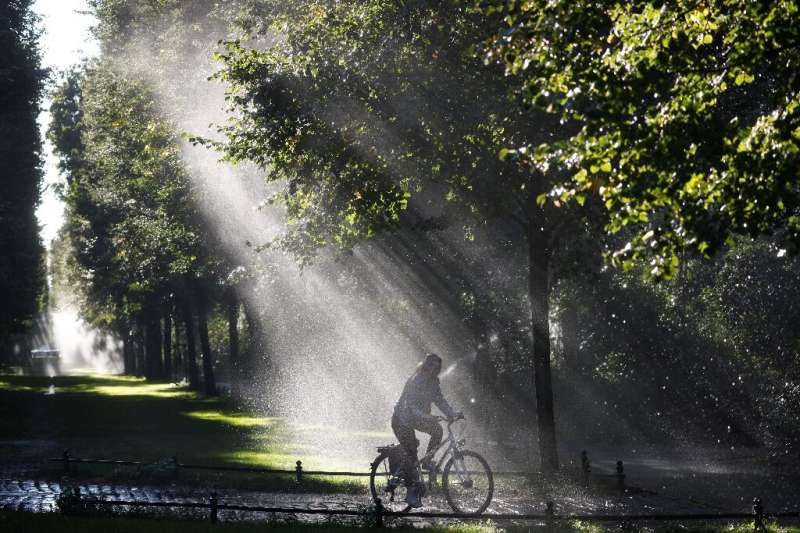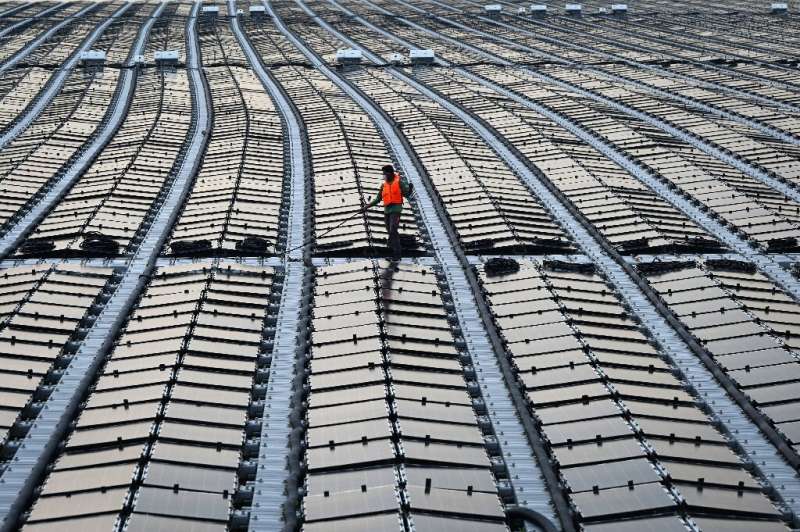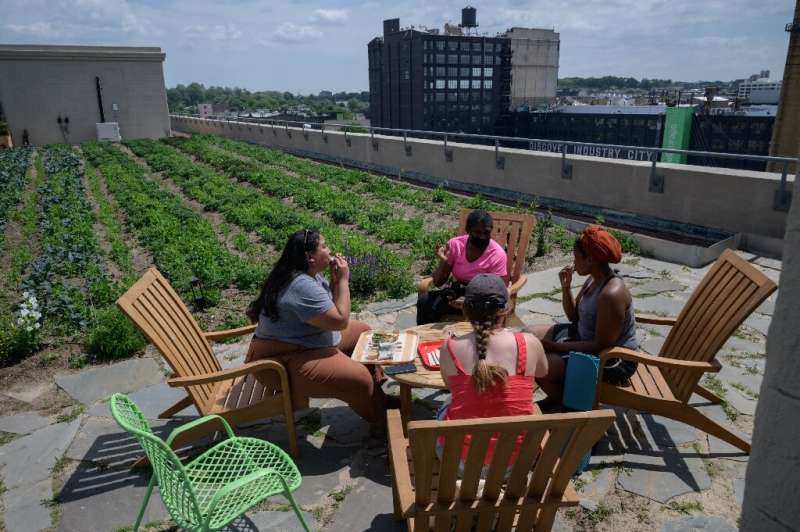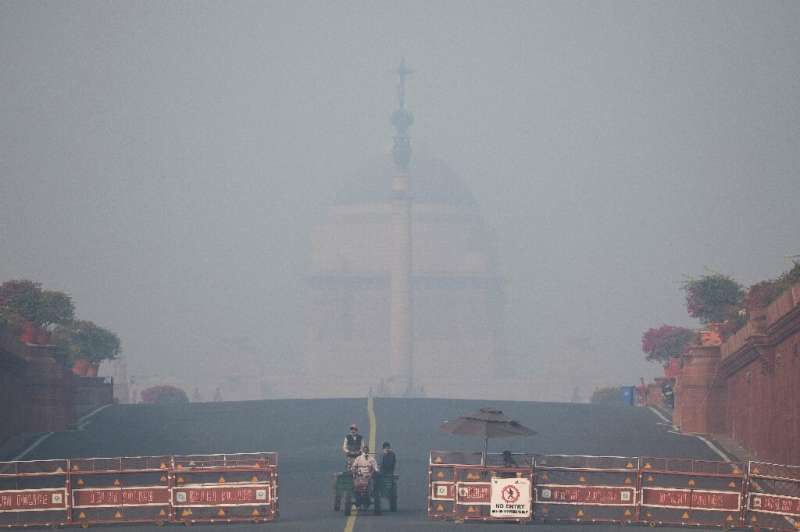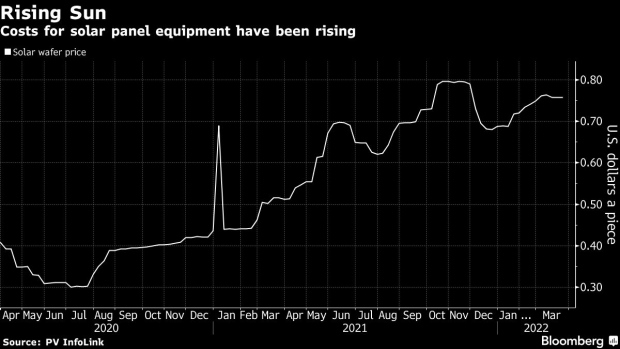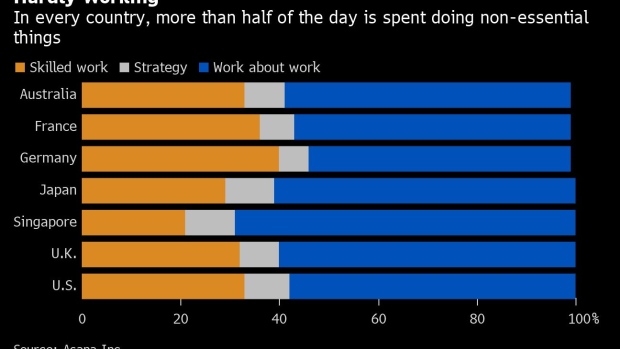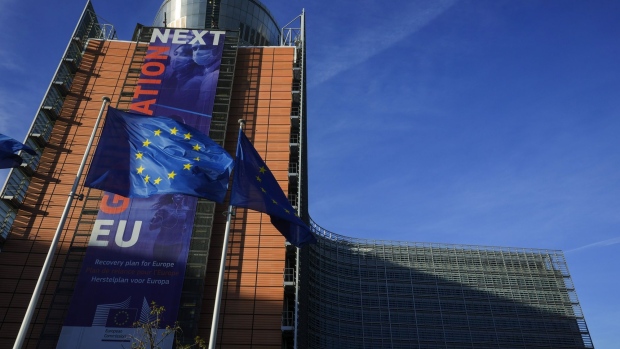The International Committee of the Red Cross warned Tuesday that a major hunger crisis in Africa is "going largely unnoticed" as the world focuses on Ukraine and other crises.

Some 346 million people -- more than one in four people across Africa -- are suffering from "alarming" hunger and that number will probably rise in the coming months, the ICRC said.
The crisis spans the continent from drought-ravaged Somalia and Ethiopia in the east to Mauritania and Burkina Faso in the west, it said.
But, it warned, funding to assist millions going without meals is in short supply.
"This is a disaster going largely unnoticed. Millions of families are going hungry and children are dying because of malnutrition," ICRC head of global operations Dominik Stillhart told reporters in Nairobi.
He said global attention on the "terrible" plight of civilians in Ukraine "should not prevent the world from looking at other crises."
The conflict in Ukraine has also contributed to rising food and fuel costs and supply chain disruptions, amplifying the economic effect of the coronavirus pandemic, the ICRC added.
The ICRC has budgeted $1 billion euros ($1.1 billion) this year for its humanitarian response across Africa but faces a $800-million-euro shortfall.
"We are scaling up our operations... to help as many people as we can, but the number of people going without food and water is staggering," said Stillhart.
The UN's World Food Programme (WFP) warned last month that over 70 percent of South Sudan's population would face extreme hunger this year because of natural disasters and armed instability.
More than six million people in eastern and southern Ethiopia would need "life-saving" interventions this year as the region suffers its worst drought in decades, the UN said in January.
In Burkina Faso, the number of people displaced by hunger had more than doubled in the past year.
Stillhart also warned about the underlying impact on harvests from climate change.
"The current food security crisis is clearly the result of combined effects of conflict... but it is also the effect of repeated climate shocks," he said.
ho/np/ri
By CARLEY PETESCH

DAKAR, Senegal (AP) — West Africa is facing its worst food crisis in a decade due to increasing conflicts, droughts, floods and the war in Ukraine, nearly a dozen international organizations said in a report Tuesday.
The number of West Africans needing emergency food assistance has nearly quadrupled from 7 million in 2015 to 27 million this year in nations including Burkina Faso, Niger, Chad, Mali and Nigeria, where thousands have also been displaced because of rising Islamic extremist violence, the report said.
That number could jump to 38 million by June if action isn’t taken soon to help people in the Sahel, the sweeping region south of the Sahara Desert, the groups warned.
“Cereal production in some parts of the Sahel has dropped by about a third compared to last year. Family food supplies are running out. Drought, floods, conflict, and the economic impacts of COVID-19 have forced millions of people off their land, pushing them to the brink” according to Assalama Dawalack Sidi, Oxfam’s regional director for West and Central Africa.

Women crowd a well in the village of Kiral, near Goudoude Diobe in the Matam region of northeastern Senegal, May 1, 2012.
Children are suffering deeply, with estimates by the United Nations saying that some 6.3 million children 5 years and under will be acutely malnourished this year. Young girls will also face the brunt of the problem, being forced into early marriage or facing gender-based violence as food becomes scarcer, the 11 international organizations said.
Drought and poor rainfall distribution have reduced the food sources in many communities in the central Sahel region, the report said. Food prices have increased by up to 30% in West Africa, it said.
Global prices have risen as trade has been interrupted by the war in Ukraine, according to the U.N. Food and Agriculture Organization. Wheat availability will also be greatly affected in six West African countries that import at least 30% of their wheat from Russia and Ukraine, it said.
The crisis in Europe is also resulting in funding cuts to aid in Africa and $4 billion is needed to provide adequate support to the continent, the report said.
“Ukraine is receiving the right level of solidarity and care, this level should be the standard for responses to all crises, everywhere else,” said Moumouni Kinda, director-general of ALIMA.
The appeal comes before a conference on the Sahel on Wednesday which Oxfam’s Sidi said will be “a unique opportunity to mobilize the necessary emergency food and nutrition assistance and to prove that the lives of people in Africa are not worth less than those in Europe.”








